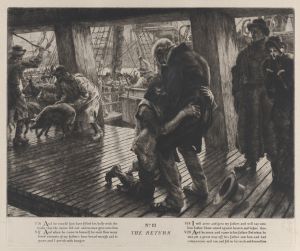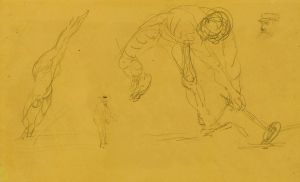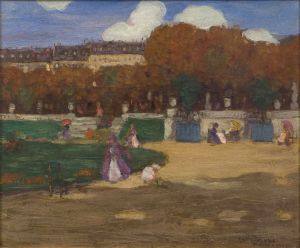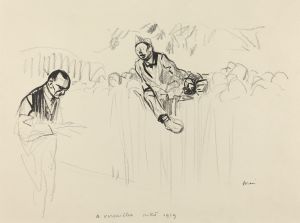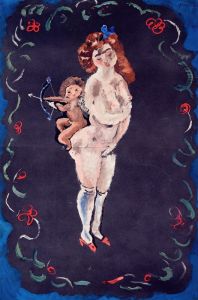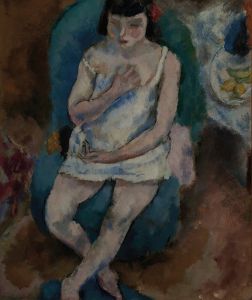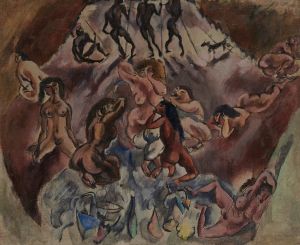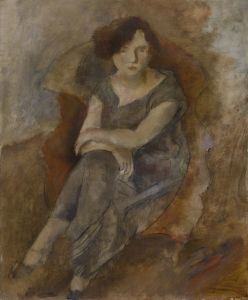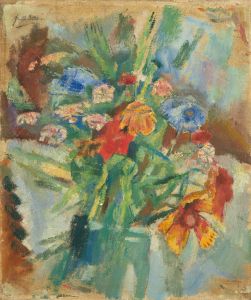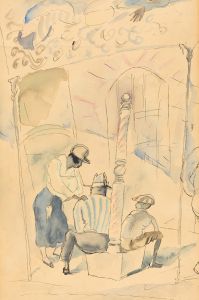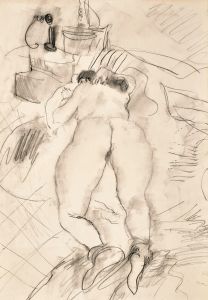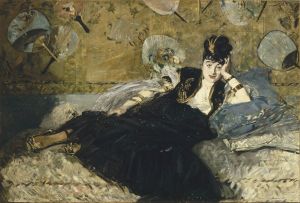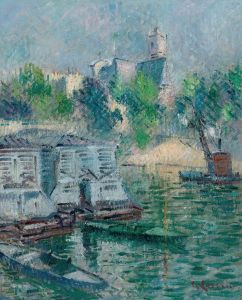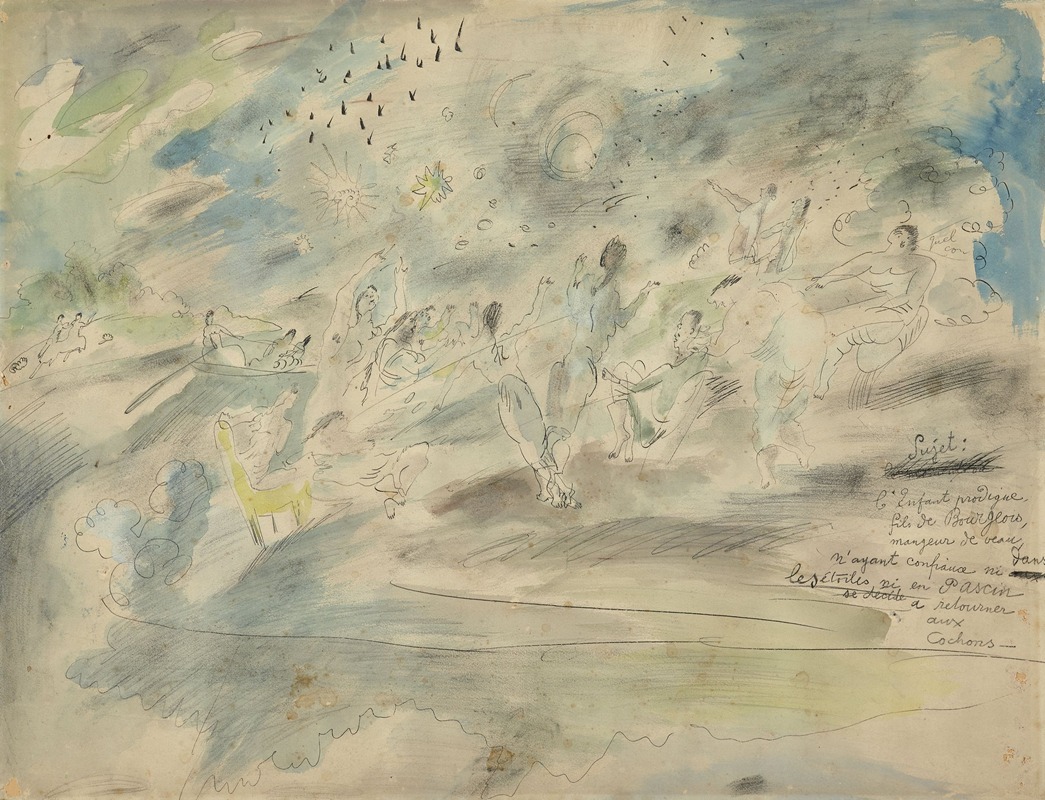
L’enfant prodigue chez les bourgeois
A hand-painted replica of Jules Pascin’s masterpiece L’enfant prodigue chez les bourgeois, meticulously crafted by professional artists to capture the true essence of the original. Each piece is created with museum-quality canvas and rare mineral pigments, carefully painted by experienced artists with delicate brushstrokes and rich, layered colors to perfectly recreate the texture of the original artwork. Unlike machine-printed reproductions, this hand-painted version brings the painting to life, infused with the artist’s emotions and skill in every stroke. Whether for personal collection or home decoration, it instantly elevates the artistic atmosphere of any space.
Jules Pascin, a Bulgarian-born artist known for his contributions to the École de Paris, created "L’enfant prodigue chez les bourgeois" ("The Prodigal Son Among the Bourgeois") during his prolific career in the early 20th century. While Pascin is best known for his portraits, nudes, and depictions of urban life, this particular work reflects his interest in social commentary and the exploration of human relationships.
The painting portrays a scene inspired by the biblical parable of the Prodigal Son, reimagined in a contemporary bourgeois setting. In Pascin's interpretation, the focus shifts from the religious or moralistic undertones of the original story to a more satirical and humanistic depiction of societal norms and family dynamics. The figures in the painting are rendered with Pascin's characteristic loose, expressive brushwork and muted color palette, which lend the scene a sense of intimacy and emotional depth.
Pascin's work often explored themes of alienation, identity, and the complexities of modern life, and "L’enfant prodigue chez les bourgeois" is no exception. The painting captures a moment of tension and unease, as the characters' interactions suggest underlying conflicts and unspoken emotions. This approach aligns with Pascin's broader artistic vision, which sought to reveal the vulnerabilities and contradictions of human existence.
The exact date of the painting's creation is not definitively documented, but it is consistent with Pascin's mature style, which developed during his time in Paris in the 1910s and 1920s. During this period, Pascin was associated with a circle of avant-garde artists and writers, and his work was exhibited in prominent galleries across Europe and the United States.
"L’enfant prodigue chez les bourgeois" exemplifies Pascin's ability to blend traditional themes with modern sensibilities, creating works that resonate with contemporary audiences while remaining rooted in art historical traditions. The painting is part of Pascin's broader oeuvre, which continues to be celebrated for its emotional resonance, technical skill, and insightful commentary on the human condition.
Further details about the painting's provenance, current location, or exhibition history are not readily available in existing records. As with many of Pascin's works, its significance lies in its ability to evoke a sense of shared humanity and to challenge viewers to reflect on their own experiences and relationships.





